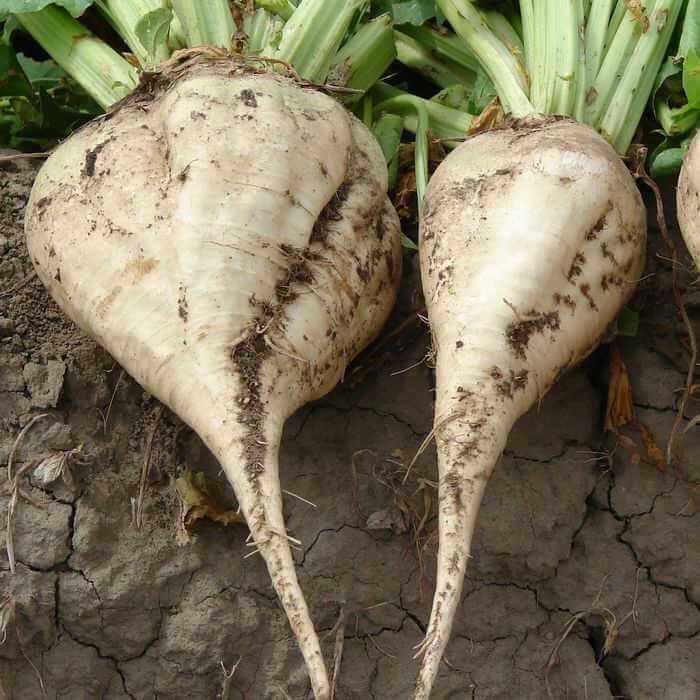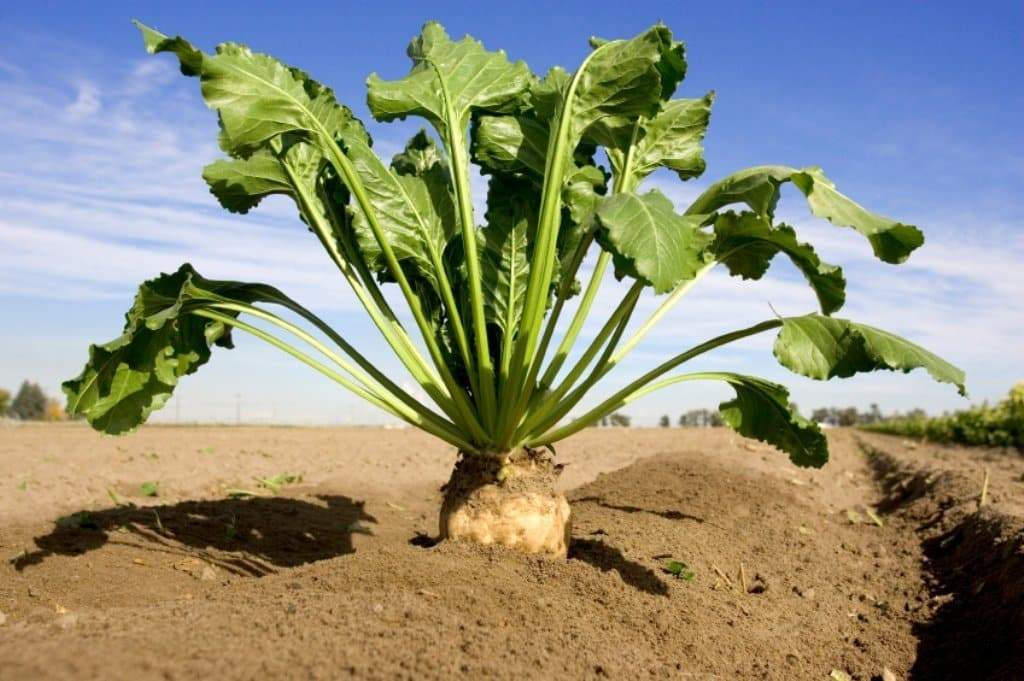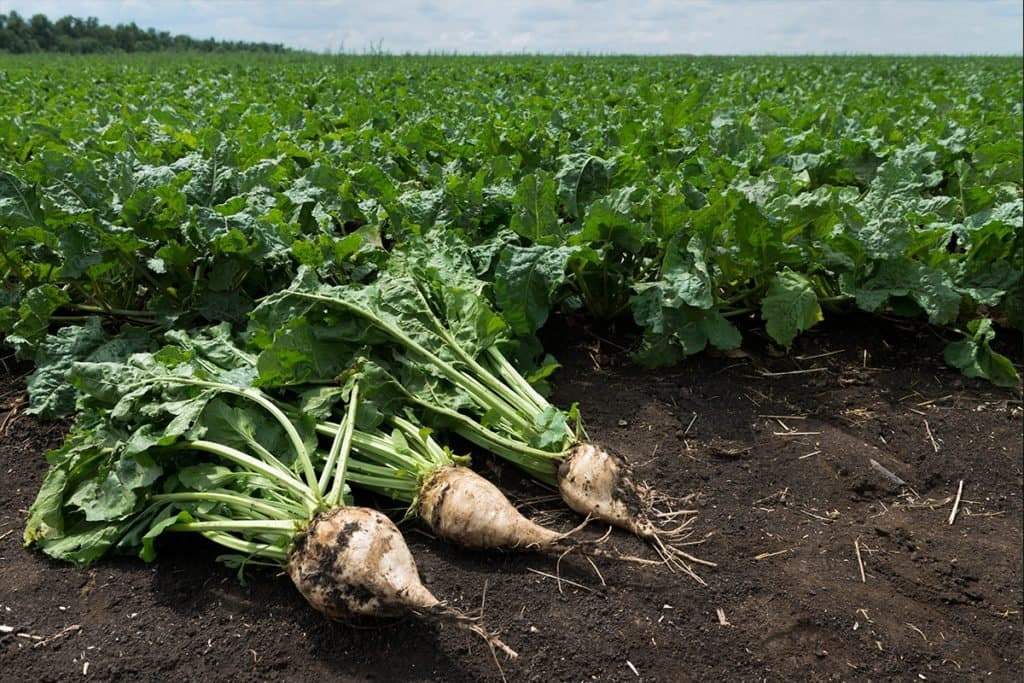
Sugars Beet Seed,(Beta vulgaris)
Most orders are processed by the next day
Select your desired size and/or color from the available options.
Try your hand at making sugar! Sugar beet Seeds
Approximately 5,040 Per Oz
Sugar beet, cultivated Beta vulgaris, is a plant whose root contains a high concentration of sucrose. It is grown commercially for sugar production.
Sugar Beet Seed - Sugar Beets have recently become a popular new addition to food plots for deer. Sugar beets are a good “addition” to your food plot not a single source food plot. Remember deer are browsers and naturally enjoy variety in the wild and a food plot should provide variety. In the fall food plot add sugar beets to your greens mixture and in the summer food plot add sugar beets to the spring summer planting. Sugar beets have been commercially grown for sugar production for many, many years but only recently been used as an addition to food plots.
Try your hand at making sugar, or simply enjoy the sweet root and tasty greens of this beet! Roots are white and tapered, and can
weigh up to three pounds.
Average: 100 days
Sugar Beet In the agricultural industry, sugar beets are most commonly known as a commercial crop grown for sucrose production. Farmers grow the crop on large-scale farms for processors that turn the beets into sugar. On a commercial scale, they tend to be grown in the more northerly portions of the United States; one of the largest concentrations of growers is in the Red River Valley, located in eastern North Dakota and northwestern Minnesota.
While sugar beet fields may not be a familiar sight in your area, their end products are more common than you might think. In fact, sugar beets, along with sugar cane, are one of the leading raw materials for sugar in the United States—with sugar beets accounting for just a bit more than half of the nation's production.
But did you know that sugar beets are successfully grown in warmer climates, too? In fact, many smaller farmers and landowners across the country are discovering the benefits of this unique crop for uses that don't involve a sugar bowl. Sugar beets are an increasingly popular food plot choice for wildlife enthusiasts, who are finding that they tend to draw deer by the dozens. And sugar beets make a great crop for growers looking to add another feed source for livestock.
For growers new to the crop who are looking to get started, read on for tips on planting and proper cultivation, as well as information on feeding to livestock and hints on incorporating sugar beets into a wildlife supplemental food plot feeding program.
Planting sugar beets
Sugar beets are similar to the familiar red-rooted garden beet, but are much larger, reaching about 2 to 4 pounds when mature. They tend to have shiny, white roots, and as you might guess, a high sugar content, containing 13 to 22 percent sucrose.
To plant, prepare your seed beds in a sunny location with firmly packed soil. Sow the seed in slightly moist soil at a depth of three-quarters to 1.5 inches. Sugar beets adapt well to a variety of soil types, but you'll want to make sure the soil is well-drained and free of roots and large stones that can inhibit the roots' growth. Sugar beets prefer a soil pH of 6.0 to 6.5. Get your soil tested at a local Extension office and add lime as recommended to bring soil pH up if needed. It's best to apply lime early—at least 30 days before planting.
Virginia Tech Extension experts recommend planting seeds 1 inch apart in rows and then thinning the plants when they grow 4 to 6 leaves, spacing the plants 10 to 12 inches apart. Space rows 18 to 24 inches apart.
Sugar beets usually reach maturity in 90 to 95 days and grow best when daytime temperatures are between 60 and 80 degrees F and nighttime temperatures are between 40 and 50 degrees.
HARVESTING
Beets can be harvested whenever they grow to the desired size. About 60 days are required for beets to reach 1 1/2 inches in diameter, the size often used for cooking, pickling or canning as whole beets. Beets enlarge rapidly to 3 inches with adequate moisture and space. With most varieties, beets larger than 3 inches may become tough and fibrous. Beets may be stored in a polyethylene bag in a refrigerator for several weeks. Beets also may be stored in outdoor pits if the beets are dug before the ground freezes in the fall. Cut off the tops of the beets one inch above the roots. Beets store best at 32°F and 95 percent humidity. Do not allow them to freeze.
When harvesting beets, separate the green tops from the roots leaving an inch of stem on the beet. Beets larger than 3 inches in diameter are often fibrous and woody. Beet greens are packed with nutritional value but must be prepared separately. Upon storage the greens will quickly draw the moisture from the root greatly reducing flavor and the beets will become shriveled. Leave one inch stem and the taproot intact to retain moisture and nutrients. After separating, beets store well for about a week in perforated plastic bags in the refrigerator. Use beets while they are still firm and fresh.
SAVING SEEDS
Saving beet seeds is a two-year project because this biennial doesn't flower and produce its seed clusters until the next growing season. Tie up the stalks to stakes when they become floppy, look for blossoms in June and July, and harvest the seeds in August. Cut off the tops and allow them to dry under cover, then strip off the seeds. Restrict yourself to a single variety each year if you will be saving seeds, beet seeds have a talent for cross-pollination over distances of a mile or more.
LET OUR CUSTOMER SPEAK FOR US

![[Seeds] - Caribbeangardenseed](http://caribbeangardenseed.com/cdn/shop/files/gift-card-gift-card-1_1024x1024_dfa857db-9150-4315-a362-7f0bb3fb9c47_60x28.png?v=1703978838)




